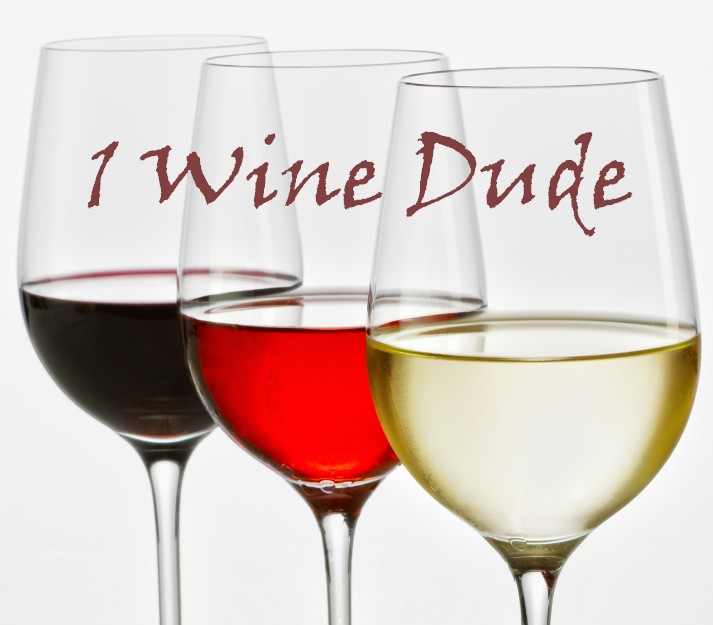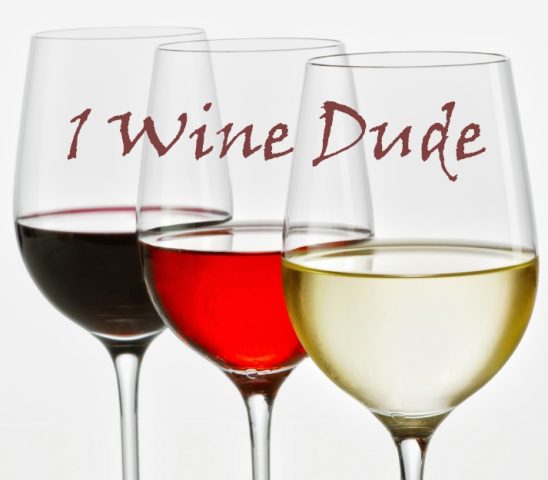Wine Reviews: Mini Round-Up for November 25, 2024

I taste a bunch-o-wine (technical term for more than most people). So each week, I share some of my wine reviews (mostly from samples) and tasting notes in a “mini-review” format.
They are meant to be quirky, fun, and (mostly) easily-digestible reviews of (mostly) currently available wines (click here for the skinny on how to read them), so you can get right to the point and decide if they’re for you (or not). Cheers!
- 2020 Pasqua Vini ‘Fear No Dark’ (Veneto): With fruit this dark and deep, and structure this punishing, you should at least fear the dark a little bit… $NA A-
- 2021 Zenato ‘S. Cristina’ Cabernet Sauvignon (Veneto): Balancing its sultry fruit side with enticing dried spices. $NA B+
- 2020 Colterenzio-Schreckbichl ‘Lafoa’ Cabernet Sauvignon Riserva (Trentino- Alto Adige): A big boy that’s still tightly tied up with strands of gourmet black licorice. $NA A-
- 2017 Berlucchi ’61 Nature (Franciacorta): A lovely mix of apples, brioche, flowers, and fine craftsmanship. $75 A-
- 2010 Castello del Terriccio ‘Lupicaia’ (Toscana): Tuscan reds simply do not come much smoother, perfumed, or sexier than this. $200 A
- 2020 Tenuta Meraviglia Rosso Bolgheri (Tuscany): Spicy, bright, fresh, and nearly freakin’ irresistible. $30 A-
- 2016 Tenuta di Arceno Arcanum (Toscana): Overtly mineral, elegantly floral, and harmoniously balanced. $125 A
- 2019 Masciarelli Marina Cvetic Cabernet Sauvignon (Colli Aprutini): More than enough sage (and blackcurrant fruits) to scare away the evil spirits from your palate. $NA A-
- 2016 Verite ‘Le Desir’ (Sonoma County): From its juicy, plummy, floral nose to its licorice spice, to its ridiculously long tannins, everything about this screams “world class.” $500 A
- 2016 Verite ‘La Joie’ (Sonoma County): Silky, structured, supple, and impeccable. Also, you’d better like graphite! $500 A
Related






